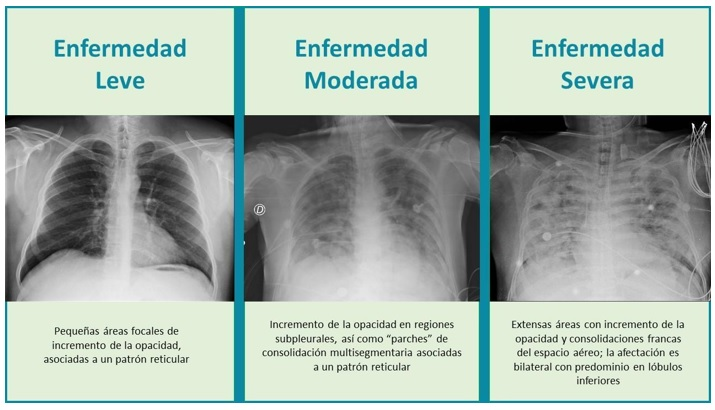Pathophysiological Mechanisms Related to SARS-CoV-2 Infection in People Exposed During 2019 and 2020
##plugins.themes.bootstrap3.article.details##
This review describes the pathophysiological mechanisms related to the 2019 Coronavirus infection (COVID-19 or SARS-CoV-2). This virus, discovered in Wuhan-China, had a zoonotic transmission and was later transmitted between humans through aerosols and contaminated surfaces with a high rate of contagion, triggering a Pandemic. Through systematic search in MEDLINE AND EMBASE, studies that point to the general objective were selected. The genome, structure, cell receptor, immune response and spread to other tissues are discussed. In conclusion, the analyzed virus presents factors that influence the severity of the clinical manifestation and the predisposition of older adults and/or comorbidities to present generalized inflammatory phenomena. Cellular receptor expression is an important factor in progression. Although there is evidence of viral presence in the CNS, studies are required to deepen the action of the virus on this and other tissues.

This work is licensed under a Creative Commons Attribution 4.0 International License.


